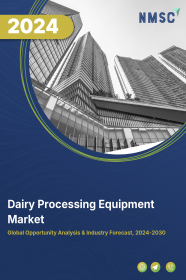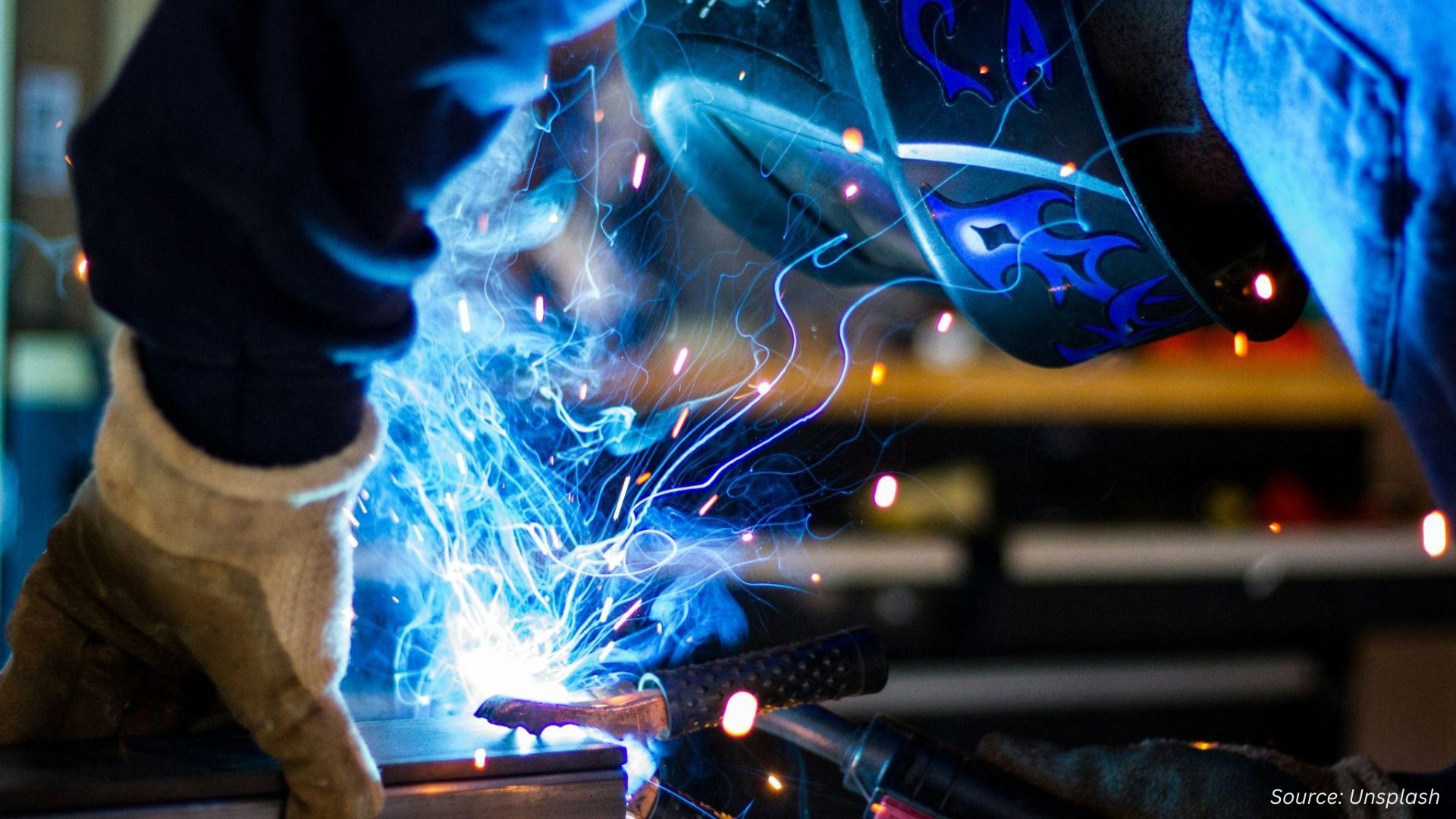
U.S. Elevator Market by Type (Passenger elevator, Freight elevator and Others), by Technology (Traction and Hydraulic), by Service (New Installation, Maintenance and Modernization), by Capacity (Less than 1500 kg, 1500 to 2500 kg, 2501 to 4000 kg and More than 4000 kg) by Speed (Less than 1 M/S, Between 1 to 4 M/S and More than 5 M/S), by Deck type (Single Deck and Double Deck) and Others- Opportunity Analysis and Industry Forecast, 2025 –2030
Industry: Construction & Manufacturing | Publish Date: 14-Aug-2025 | No of Pages: 230 | No. of Tables: 168 | No. of Figures: 113 | Format: PDF | Report Code : CM1605
Market Definition
According to NMSC, the US Elevator Market size in 2024 was USD 12.36 billion, and is estimated to reach USD 13.49 billion in 2025 and is projected to reach USD 17.45 billion by 2030 with a CAGR of 5.29%. According to NMSC, in term of volume the market size was 45 thousand units in 2024, 53 thousand units in 2025 and is projected to reach 75 thousand units by 2030 with a CAGR of 7.32%. The elevator market represents a dynamic sector encompassing the design, manufacturing, installation, and maintenance of elevator systems. From conventional traction elevators to cutting-edge smart solutions, this market offers a diverse array of vertical transportation choices customized to suit the distinct requirements of various buildings and infrastructure projects. Stakeholders within the elevator market include manufacturers, suppliers, contractors, architects, building owners, and facility managers.
Manufacturers continuously innovate to enhance elevator performance, safety, and sustainability, while suppliers provide critical components and materials necessary for system construction. Additionally, sustainability considerations, including energy efficiency and material recyclability, are increasingly integral to elevator design and operation. They align with broader environmental objectives and sustainable building practices. Thus, the elevator market is a cornerstone of vertical mobility as elevators enhance functionality, accessibility, and sustainability within buildings and urban landscapes worldwide.
Global Industry Leaders Strengthen Innovation Ecosystem
The presence of major global elevator manufacturers such as Otis, KONE, Schindler, and Mitsubishi Electric continues to shape the U.S. elevator market. These companies not only bring cutting-edge technologies but also set industry benchmarks in safety, design, and sustainability. Their consistent investment in R&D ensures that the latest advancements—like energy-efficient systems, remote diagnostics, and hygiene-focused designs—are readily available in the U.S. market. This ecosystem of innovation, supported by strong after-sales service networks and strategic partnerships, accelerates the domestic transition toward smarter and more sustainable elevator systems.
Smart Technologies Drive Next-Gen Urban Mobility
The U.S. elevator market is increasingly defined by its shift toward intelligent and connected systems. The integration of elevators with building management platforms and smart city infrastructure has enabled new capabilities such as real-time performance monitoring, AI-driven maintenance, and touchless user interfaces. These features are no longer optional but are becoming standard in new installations, especially in high-rise commercial and residential buildings. As urban development becomes more digitized and sustainability-focused, smart elevators are playing a key role in improving energy efficiency, user safety, and building-wide operational efficiency.
Skilled Labor Shortage and Regulatory Complexity Delay Project Timelines
One of the growing challenges in the U.S. elevator market is the shortage of skilled technicians and certified installers, which affects both new installations and maintenance operations. As the demand for advanced elevator systems increases, particularly in high-rise and smart buildings, the availability of specialized labor has not kept pace. This gap leads to project delays, higher labor costs, and difficulties in scaling service operations across multiple regions.
In addition, varying state-level regulations and licensing requirements further complicate project execution. Compliance with different codes, inspection protocols, and union rules can result in extended approval timelines and added administrative burdens for developers and service providers. These challenges collectively hinder operational efficiency and act as a bottleneck in accelerating elevator deployment and modernization across the country.
Green Building Mandates Unlock New Demand for Sustainable Elevator Solutions
The rising focus on energy-efficient buildings and stricter green construction mandates across the U.S. presents a significant opportunity for the elevator market. As cities and states adopt updated building codes aligned with LEED, WELL, and other sustainability frameworks, there is growing demand for elevators that support lower energy consumption, regenerative braking, and recyclable materials.
This shift opens doors for manufacturers to develop and market eco-friendly elevator systems that meet both regulatory standards and ESG goals. In both new construction and modernization projects, sustainable elevator technologies are becoming a key differentiator for developers and facility owners looking to future-proof their buildings. This trend is expected to gain momentum as the U.S. moves toward decarbonizing the built environment.
Competitive Landscape
The U.S. elevator market comprises various market players, such as Otis Worldwide Corporation, KONE Corporation, Fujitec Co., Ltd., Schindler Group, Sigma Elevator, TK Elevator, Mitsubishi Electric US, Inc., Hyundai Elevator, Toshiba Corporation, Delta Elevators, Schumacher Elevator Company, American Crescent Elevator Corp., Day Elevator and Lift, Inclinator Company of America, Savaria Corporation, and others.
U.S. Elevator Market Key Segments
By Type
-
Passenger elevator
-
Freight elevator
-
Others
By Technology
-
Traction
-
Machine Room [MR] Traction
-
Machine Roomless [MRL] Traction
-
-
Hydraulic
By Service
-
New Installation
-
Maintenance
-
Modernization
By Capacity
-
Less than 1500 kg
-
1500 to 2500 kg
-
2501 to 4000 kg
-
More than 4000 kg
By Speed
-
Less than 1 M/S
-
Between 1 to 4 M/S
-
More than 5 M/S
By Deck Type
-
Single Deck
-
Double Deck
By Designation Control
-
Smart
-
Conventional
By Door Type
-
Automatic
-
Manual
By End-user
-
Residential
-
Low Rise: 10 floors
-
Mid Rise: 11-30 floors
-
High Rise: above 30 floors
-
Affordable Housing
-
Villa/home
-
-
Commercial
-
Airport
-
Hotel
-
Marine
-
Medical
-
Office
-
Leisure and Education
-
Retail
-
Public Transportation
-
-
Industrial
Key Players
-
Otis Worldwide Corporation
-
KONE Corporation
-
Fujitec Co., Ltd.
-
Schindler Group
-
Sigma Elevator
-
TK Elevator
-
Mitsubishi Electric US, Inc.
-
Hyundai Elevator
-
Toshiba Corporation
-
Delta Elevators
-
Schumacher Elevator Company
-
American Crescent Elevator Corp.
-
Day Elevator and Lift
-
Inclinator Company of America
-
Savaria Corporation
REPORT SCOPE AND SEGMENTATION:
|
Parameters |
Details |
|
Market Size in 2025 |
USD 13.49 Billion |
|
Revenue Forecast in 2030 |
USD 17.45 Billion |
|
Growth Rate |
CAGR of 5.29% from 2025 to 2030 |
|
Analysis Period |
2024–2030 |
|
Base Year Considered |
2024 |
|
Forecast Period |
2025–2030 |
|
Market Size Estimation |
Billion (USD) |
|
Growth Factors |
|
|
Companies Profiled |
15 |
|
Market Share |
Available for 10 companies |
|
Customization Scope |
Free customization (equivalent up to 80 working hours of analysts) after purchase. Addition or alteration to country, regional, and segment scope. |
|
Pricing and Purchase Options |
Avail customized purchase options to meet your exact research needs. |

















 Speak to Our Analyst
Speak to Our Analyst

























